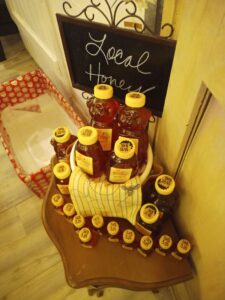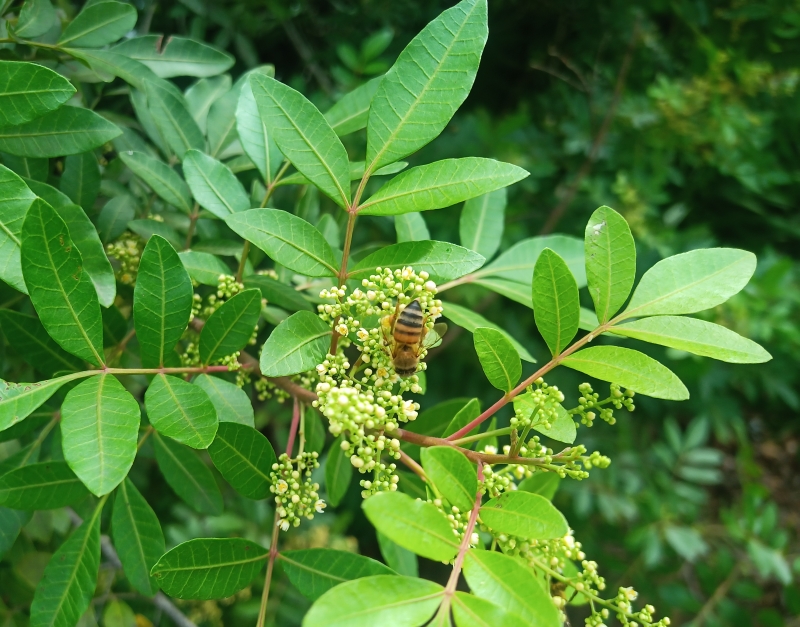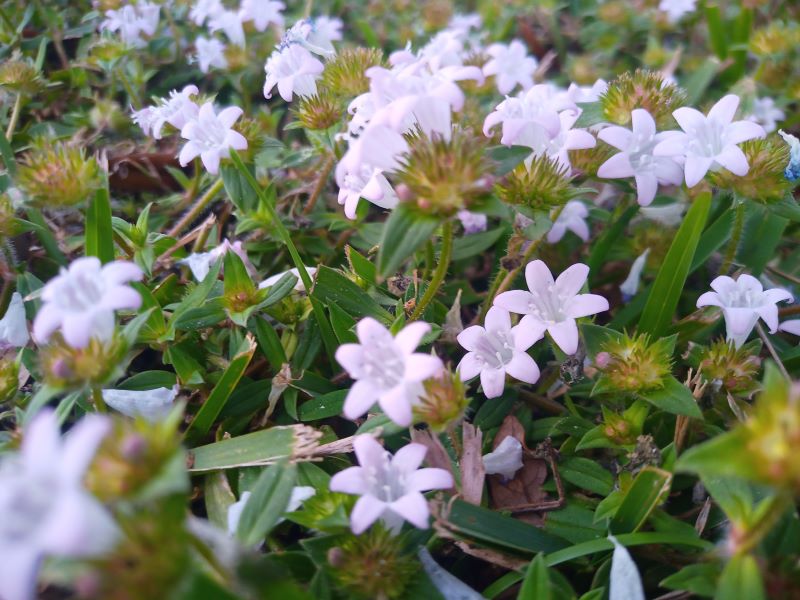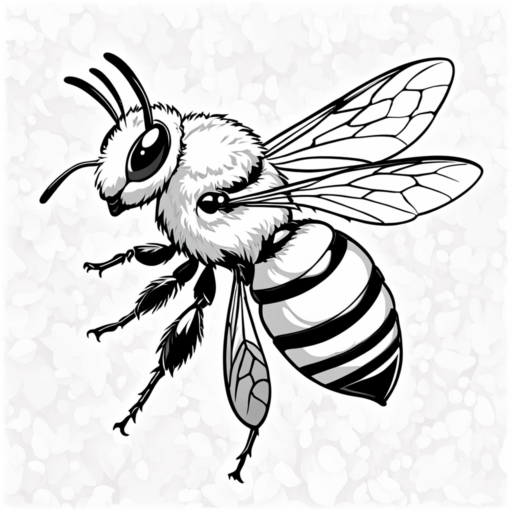If you’ve ever been turned off by store-bought honey but then found yourself falling in love with a jar of honey from a local beekeeper, you’re not alone.
Many people experience the same thing, and it’s all due to the differences in the honey’s source and how it’s processed.
When you try local honey, you’re often tasting honey which was made from nectar blends from a variety of flowers in your area.


Multiple Nectar Sources vs Single Sourced
Honey isn’t just one type of syrup—it’s a unique product that reflects the flora around it. The source of the nectar, plays a huge role in determining the taste, color, and texture of the honey.
Beekeepers sell this as “wildflower”. Although this is a misnomer, as flowering trees can of be a major nectar source.
This gives the honey a more complex flavor, richer aromas and unique color
Commercial Honey is Often Artificially Blended
On the other hand, commercial honey is typically sourced from one type of flower, like clover or canola, or blended from multiple sources to maintain consistency.
Commercial producers aim for a stable product with a consistent taste, so their honey is often sourced from different locations and even different times of the year. Such as
Is All Honey What It Claims to Be?
Another point that frequently comes up in discussions about honey is its authenticity.
There has been a rise in concerns over honey adulteration, with some commercial products being mixed with syrups like high fructose corn syrup or even going through “honey laundering” to circumvent labeling laws.

The honey product shown above is packaged in Arkansas, USA but is a product of USA & Argentina.
Consistency vs. Authenticity
One of the main reasons commercial honey often lacks the unique qualities of local honey is the emphasis on consistency. Commercial beekeepers blend honey from various locations and even different years to ensure that each jar tastes the same. While this may be important for large-scale production, it also results in a more uniform, less distinct flavor.
Local honey, however, is a reflection of the bees’ environment. As the seasons change and different plants bloom, the taste of honey will shift. Each batch can vary in color, taste, and texture, making each jar of honey a unique experience.
For many honey lovers, this variety and connection to nature are part of the charm.
FDA’s Honey Study Reveals Fake Honey in the Market
They found 10% of imported honey samples in 2021-2022 and 3% in 2022-2023 contained undeclared sweeteners like cane or corn syrups.
These adulterated shipments were refused entry, and the FDA continues monitoring honey imports to ensure authenticity and protect consumers.
For more information, you can visit the FDA’s official page on honey adulteration: FDA Honey Adulteration Report

The Effects of Processing on Flavor
One of the biggest differences between local and store-bought honey is how it’s processed. Many commercial honey brands go through heavy filtration and pasteurization, which removes particles like pollen.
While this may extend the honey’s shelf life and prevent crystallization, it also strips away the nutrients and flavors that make raw honey so special.
For those seeking allergy relief from local pollen, this can be a major downside.
Local honey, however, is often raw and unfiltered, which means it retains the natural enzymes, nutrients, and flavors that come directly from the hive. These raw qualities give local honey its distinct taste and health benefits, including the natural antioxidants and antibacterial properties that are often lost during pasteurization.
Is Your Honey Local?
Local honey is much more likely to be pure and unaltered, as it is typically harvested and packaged by smaller-scale beekeepers who focus on quality over quantity.
When people taste our bee's honey for the first time, they are impressed by it's flavor profile, often wanting to sample more and more!

Why Choose Local Honey?
If you’re someone who’s never been fond of honey or has had a poor experience with store-bought varieties, it might be time to try local honey from a nearby beekeeper. Not only will you get a product that’s fresher and more flavorful, but you’ll also be supporting local farmers and beekeepers who are working hard to maintain healthy, sustainable bee populations.
The next time you’re craving something sweet, consider a spoonful of raw, unfiltered honey from your local beekeeper. You might be surprised by how much better it tastes—and how much you’ll appreciate the connection between the honey and the plants it comes from.
